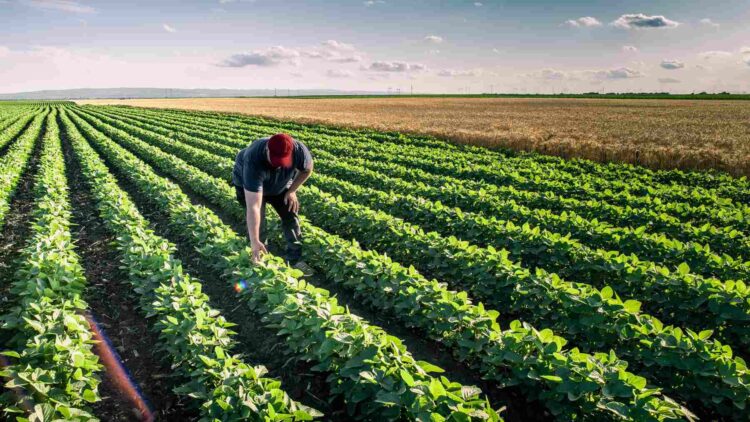Preparing for the end of the world as we know it can be quite fun if you have the right attitude, but one of the problems that we face is that, if it really does come, the different types of the end will have different nutritional needs and we will require different types of seeds and grains to survive and thrive nutritionally. Of course we all know that non perishable food items are the best in case the apocalypse comes, but what to cultivate after may not be as straightforward as we think.
A team of researchers from the University of Otago in New Zealand set out to find out which foods would be best in a series of hypothetical cases like climate change, nuclear war, and natural disasters and the answers are fascinating and quite unexpected.
What food should you stock up in each disaster case
They published their findings in PlosOne, and there they gave a breakdown of which crops could feed people most efficiently during global disasters. They focused on foods that not only deliver essential nutrients but also grow well in tough environments, like urban spaces or places affected by extreme weather.
While most people would have started with common foods that are known to survivalists and preppers, they approached the problem scientifically, analyzing previous research on urban farming and crop yields to figure out how much land each type of food would need to feed one person for a whole year. To very little surprise, under normal conditions, peas and legumes are at the top of the list, as they are protein-rich, space-efficient, and work well in urban gardens. For reference, peas need just 292 square meters to support one person for a year.
The problem is that legumes require a stable climate, so in the event of, say, a nuclear winter they would not be a good choice. sunlight would be scarce due to smoke and ash in the atmosphere and we would need to look at other foods that do not depend on photosynthesis as much, like spinach and beets
These crops are not common in the prepper world, but perhaps they should be, as they are surprisingly resilient, can grow in colder temperatures and do not rely heavily on direct sunlight. As an additional benefit, they are nutritious and do not need rich soil to thrive.
But what about the space that they may take to grow? After all in the scenario where the world is in danger, there will not be that much available and not contaminated space to cultivate food. The food that we decide to use, at least in the beginning to feed ourselves will need to be both nutritious and efficient to work well. That is why the technique of planting symbiotic crops should also be considered.
Now, this does not work with every single crop, especially if we are only taking into account those that would survive in a post catastrophic event world, but researchers found that 97% wheat and 3% carrots could be a great match. Wheat would bring in carbohydrates, and carrots offer key vitamins and minerals. Together, they create a balanced diet with just enough variety to keep people going, even when food sources are severely limited.
This study, led by Matt Boyd, is more than just an academic exercise, it is a wake-up call about how we think about food security in extreme situations and it highlights the ways in which society is not prepared to face any of these situations. The study advocates for food resilience as a central consideration in decisions about land use and agricultural planning going forward.

